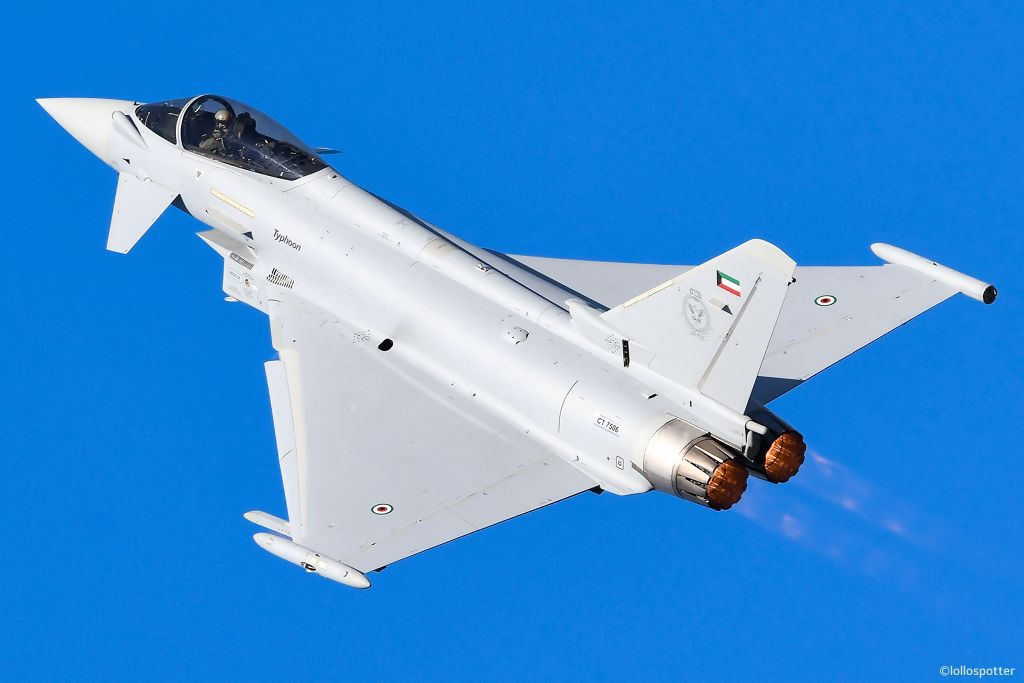Taiwan Enhances Counter-Unmanned Aerial Systems: A Strategic Move Against Chinese UAVs
In a decisive effort to bolster its defense against small unmanned aerial vehicles (UAVs) originating from mainland China, the Republic of China (RoC) military has contracted Tron Future Tech for advanced counter-unmanned aerial systems (C-UASs). This initiative is particularly focused on addressing incursions over outlying Taiwanese islands that are in proximity to the Chinese coast.
Contract Specifications
On January 26, the RoC military explicitly ordered 26 units of the Anti-Drone Defense Systems from Tron Future Tech. According to a company spokesperson at the Taipei Aerospace and Defense Technology Exhibition (TADTE) 2025, the initial delivery of 13 systems is anticipated by October 2025.
Strategic Deployment
A significant portion of these systems is intended for deployment in the Kinmen Islands, strategically situated approximately 200 kilometers from Taiwan and mere 2 kilometers from China. This location has been a focal point for cross-strait tensions, as local government officials have previously urged Chinese authorities to restrict the flight of commercial UAVs over the Taiwan-controlled islands. Reports indicate that these UAVs have engaged in disseminating flyers and other materials, raising concerns about information operations.
System Capabilities
Tron Future Tech’s Anti-Drone Defense System integrates several advanced components designed for a comprehensive response to UAV threats:
- T Sensor: A passive radio frequency (RF) detector with a detection radius of 5 kilometers.
- T Radar: A 4D active electronically scanned array (AESA) pulse-Doppler system featuring a detection range of 6 kilometers.
- T Jammer: An AESA soft-kill countermeasure effective up to 5 kilometers.
- T Cam: An electro-optic/infrared (EO/IR) camera capable of identifying threats at a distance of 1 kilometer.
These systems are specifically engineered to detect and neutralize small, Class 1 commercial UAVs, enhancing the operational readiness of Taiwan’s defense forces against aerial surveillance and potential espionage activities.
Implications for Regional Security
As Taiwan fortifies its defenses, this investment in anti-drone technology underscores a broader trend in the region where countries are increasingly reliant on advanced technologies to counter evolving aerial threats. By enhancing its capabilities, Taiwan aims to deter UAV incursions and safeguard its sovereignty amidst escalating tensions in the Taiwan Strait.
This strategic procurement exemplifies Taiwan’s commitment to maintaining robust defense mechanisms in response to an evolving security landscape characterized by asymmetric threats. As the situation develops, the effectiveness of these systems will be closely monitored by both regional stakeholders and international observers.




